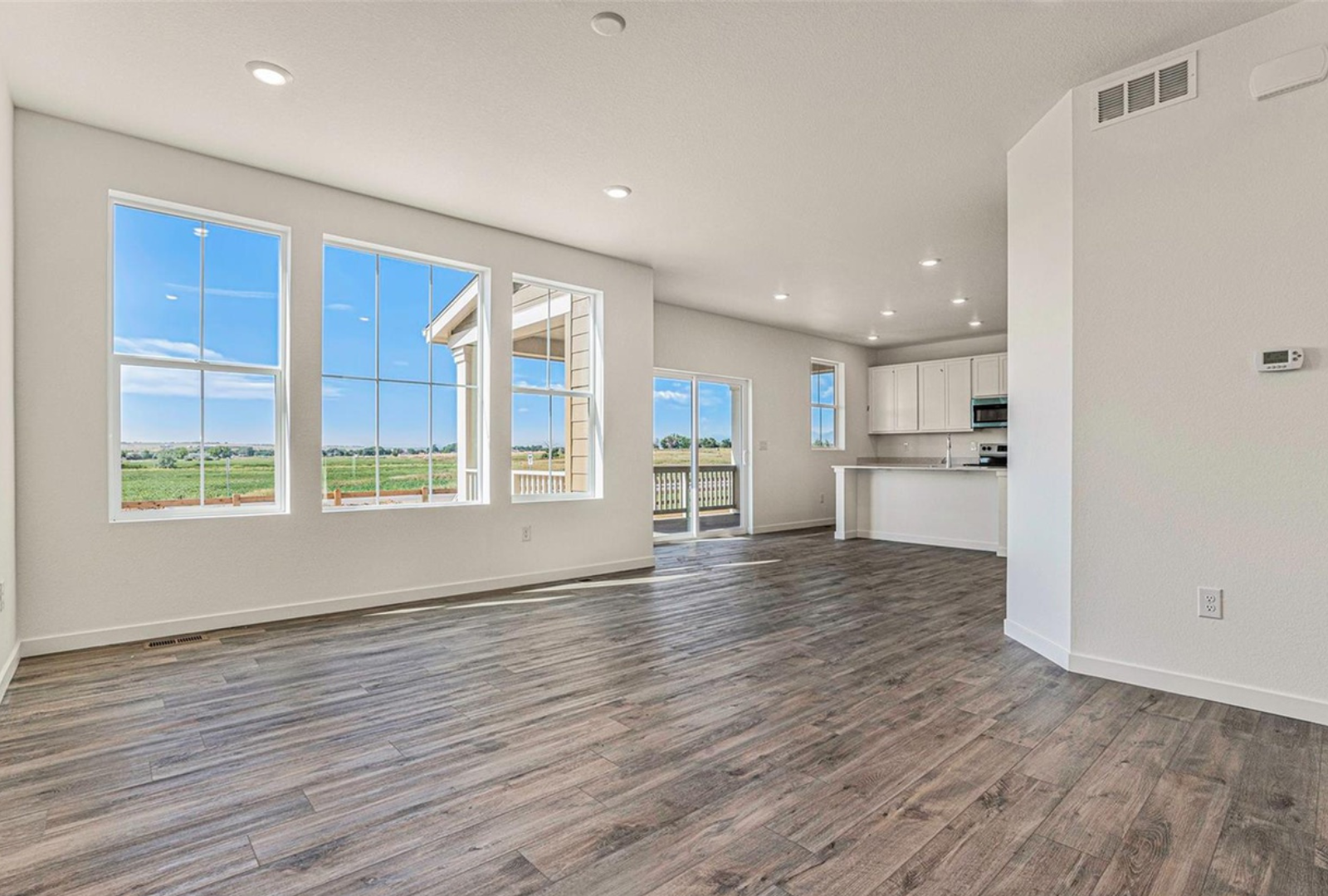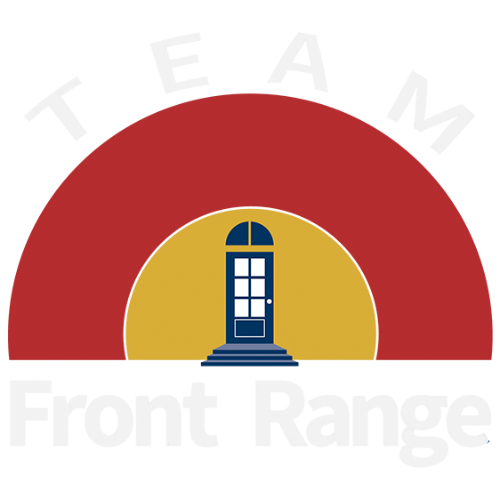The Rise of Co-Living Spaces in Colorado: What You Need to Know

In recent years, Colorado has witnessed a transformative shift in its housing landscape with the rise of co-living spaces. The concept of co-living, which emphasizes shared living arrangements and community-centric lifestyles, has gained remarkable traction among residents and newcomers alike. This blog post aims to delve into the burgeoning trend of co-living spaces in Colorado, shedding light on their unique characteristics, benefits, challenges, and their impact on the local housing market.

Co-living is more than just a housing solution; it's a way of life that fosters collaboration, connectivity, and a strong sense of community. Unlike traditional housing, co-living spaces offer individuals the opportunity to live in shared accommodations where private bedrooms are complemented by communal areas such as kitchens, living rooms, and recreational spaces. This arrangement not only promotes cost-sharing but also encourages social interaction and the formation of meaningful relationships.

Diversity of Options: Colorado's co-living landscape caters to a wide range of preferences and lifestyles. From trendy urban spaces in Denver to rustic retreats in the mountains, co-living offerings are as diverse as the state's geographical features.
Millennials and Gen Z: The younger demographic, including millennials and Generation Z, has embraced co-living for its affordability and social benefits. The communal nature of co-living aligns with the desire for connection and experiences, making it an attractive option for those seeking more than just a place to live.

Affordability: With the rising cost of housing in Colorado, co-living provides a cost-effective alternative for residents to enjoy prime locations without breaking the bank.
Social Engagement: Co-living spaces facilitate instant social interaction, enabling residents to build friendships, network, and engage in shared activities, ultimately combating feelings of isolation.
Flexibility: Co-living arrangements often come with flexible lease terms, allowing residents to adapt to changing life circumstances more easily.


Privacy vs. Community: Striking a balance between personal space and communal living can be a challenge for some individuals who value solitude.
Compatibility: Co-living success relies on the compatibility of residents. Differences in lifestyles and personalities can occasionally lead to conflicts.
Regulation and Zoning: As the co-living trend grows, local governments and zoning regulations may need to adapt to accommodate these non-traditional housing models.

The rise of co-living spaces in Colorado has the potential to influence the local housing market in various ways:
Increased Housing Density: Co-living enables more efficient use of existing housing stock, potentially reducing the demand for new developments.
Revitalization of Neighborhoods: Co-living could breathe new life into neighborhoods, attracting a diverse mix of residents and boosting local businesses.
Market Competition: Traditional landlords and property managers may need to innovate and offer more flexible options to remain competitive in a changing market.

The rise of co-living spaces in Colorado represents a paradigm shift in the way we approach housing and community. As this trend continues to evolve, it is essential to stay informed about the benefits, challenges, and implications it brings to the state's housing landscape. Whether you're a young professional looking for affordable accommodations or an investor exploring new opportunities, co-living in Colorado offers a unique and exciting avenue to explore. Embracing the co-living movement means not only reimagining living spaces but also reshaping the way we connect with our neighbors and build meaningful relationships in an increasingly dynamic world.













